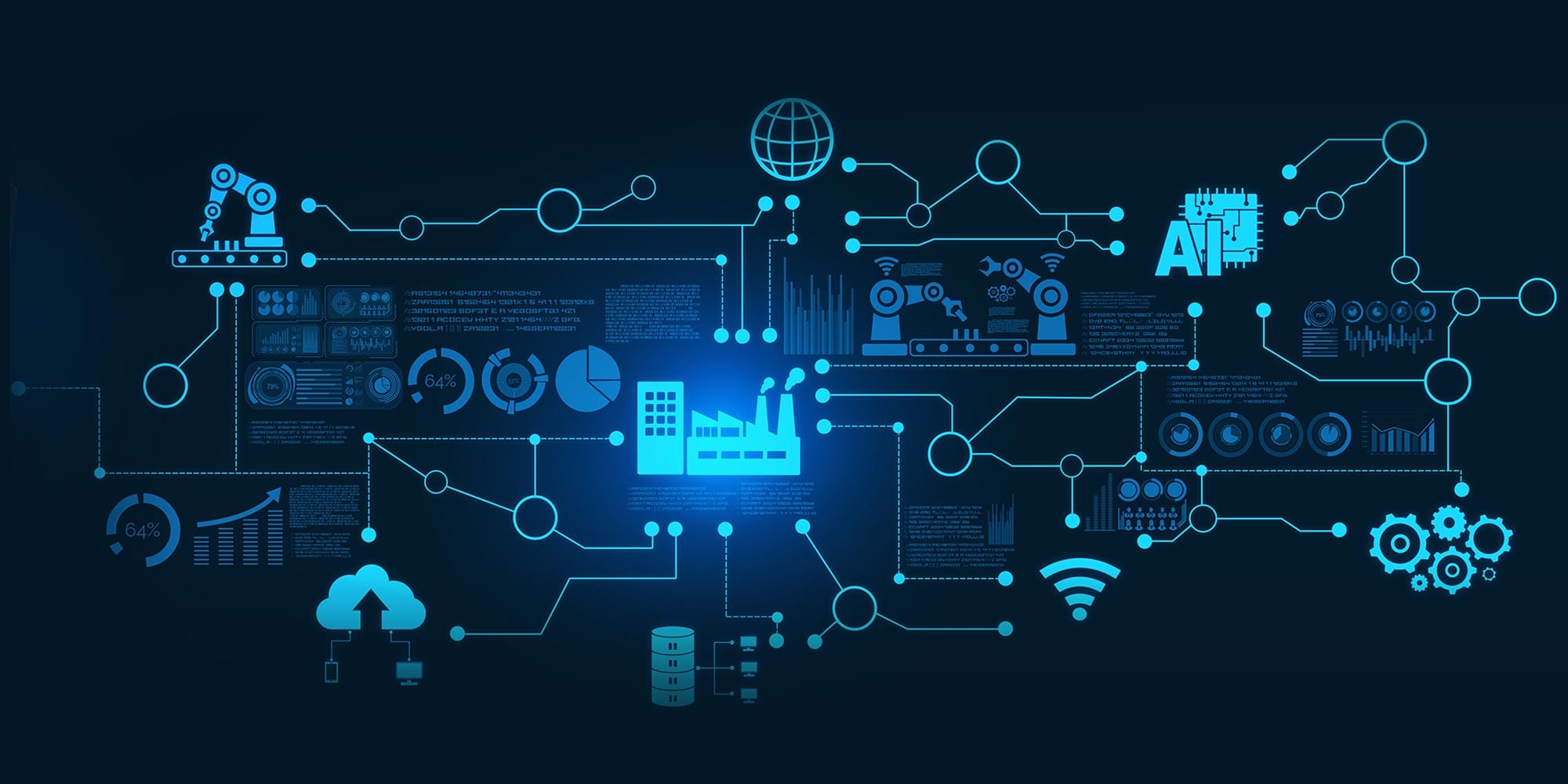Automate complex processes using advanced AI logic
Leverage LLMs orchestrated workflows with tools such as n8n to automate repetitive and decision-heavy tasks like inventory management, abandoned cart recovery, personalized email campaigns, and product tagging and more.
- AI + no-code platform integration (n8n)
- Scalable, modular, and adaptive
- Boost operational efficiency without growing headcount
What is an Agentic AI Workflow?
An Agentic AI Workflow is a sequences of tasks that integrate artificial intelligence to automate complex processes, decision-making, and user interactions across systems. These workflows combine AI Agents, ETL (Extract, Transform, Load) pipelines, Large Language Models, and automation tools to drive intelligent, repeatable operations often without human intervention.
Key Components
- Input & Triggers – Initiate workflows via events like messages, API calls, sensor data, or time-based schedules.
- AI Models – NLP (e.g. ChatGPT), vision (e.g. OCR), or prediction models that process inputs and drive logic.
- Logic & Conditions – Decision points that guide actions based on confidence scores, user intent, or contextual rules.
- Automation Actions – Execute tasks such as sending messages, updating CRM records, or generating reports.
- Memory & Context – Maintain user/session data for personalized, continuous conversations or decisions.
Technologies Used
- Workflow Automation Tools: like n8n, Zapier, or Make.com to orchestrate AI tasks with APIs, databases, or external services.
- AI Models & APIs: GPT-4 (OpenAI), Claude (Anthropic), Whisper (STT), ElevenLabs (TTS), or Midjourney/DALL·E for image generation.
- Orchestration Libraries: LangChain, CrewAI, AutoGen etc. to chain reasoning, memory, and tool use in custom AI pipelines.
- Backend Integrations: MongoDB, PostgreSQL, Supabase, or external services like Slack, Notion, or Google Workspace for full-stack workflows.
Example Use Cases
- Customer Support Automation: Use AI chatbots to triage tickets, respond instantly, and escalate complex issues only when needed.
- Sales Funnel Enrichment: Automatically qualify leads, generate custom pitches, and book meetings using AI assistants and CRM integration.
- Content Production Pipelines: Auto-generate blog posts, social media content, and images with AI models triggered by marketing tasks or trends.
- Data Monitoring & Alerts: Detect anomalies in financial data or server logs using AI, and trigger alerts or mitigation actions automatically.
- ... and more!
Developer Workflow
Define Goals & Inputs
Begin by clearly articulating the specific problem your workflow aims to solve and identifying all potential data sources and triggering events. This crucial foundation step involves conducting stakeholder interviews to understand pain points, documenting current manual processes that could be automated, and mapping out the desired end state. Identify various input types such as user interactions, scheduled events, webhook notifications, file uploads, database changes, or API responses. Create detailed use case scenarios that outline how different inputs should be processed and what outcomes are expected. Consider edge cases and unusual scenarios that might occur in production, and establish clear success criteria and key performance indicators that will measure the workflow's effectiveness.
Select Models & Tools
Choose the optimal combination of AI models and orchestration tools based on your specific requirements, technical constraints, and budget considerations. For AI models, evaluate options like GPT-4 for complex reasoning and content generation, Claude for analytical tasks and safety-critical applications, Whisper for audio transcription, DALL-E for image generation, or specialized models for computer vision and natural language processing. Select appropriate orchestrators such as n8n for visual workflow automation with extensive integrations even for building complex language model applications. Consider factors including processing speed, accuracy requirements, cost per operation, scalability needs, and integration capabilities with your existing technology stack.
Build Flow Logic
Design comprehensive workflow logic that includes robust decision-making processes, graceful fallback mechanisms, and thorough edge-case handling. Create flowcharts that map out all possible paths through your workflow, implementing conditional logic that can adapt to different scenarios and input variations. Develop sophisticated decision trees that account for various data quality levels, user permissions, and system states. Design fallback strategies for when AI models fail, external APIs are unavailable, or unexpected errors occur. Implement retry mechanisms with exponential backoff, circuit breakers to prevent cascading failures, and alternative processing paths when primary methods are unavailable. Consider implementing human-in-the-loop interventions for critical decisions or when confidence scores fall below acceptable thresholds.
Integrate Systems
Establish secure and reliable connections between your workflow and all necessary external systems, including APIs, databases, applications, and services. Design integration patterns that handle authentication, rate limiting, data transformation, and error handling across diverse systems. Implement proper data validation and sanitization to ensure data integrity throughout the workflow. Create adapters or middleware components that can translate between different data formats and protocols. Establish monitoring and logging for all integration points to quickly identify and resolve connectivity issues. Consider implementing data caching strategies to improve performance and reduce external API calls, while ensuring data freshness requirements are met.
Test, Monitor & Improve
Deploy your workflow with comprehensive testing strategies and establish continuous monitoring systems to track performance, reliability, and business impact. Implement unit tests for individual workflow components, integration tests for system interactions, and end-to-end tests that validate complete workflow execution. Create staging environments that mirror production conditions for thorough testing before deployment. Establish real-time monitoring dashboards that track key metrics such as execution times, success rates, error frequencies, and business outcomes. Implement alerting systems that notify relevant teams of critical issues or performance degradation. Create feedback loops that capture user satisfaction and business impact data, and establish regular review cycles to analyze performance trends and identify optimization opportunities. Use A/B testing to evaluate workflow improvements and machine learning techniques to continuously refine decision-making processes based on historical data and outcomes
Ready to automate decisions, processes, and interactions at scale?

